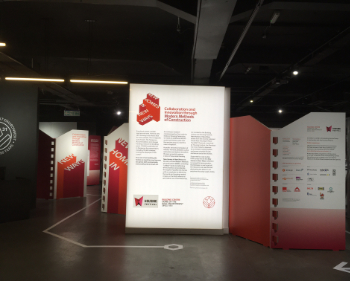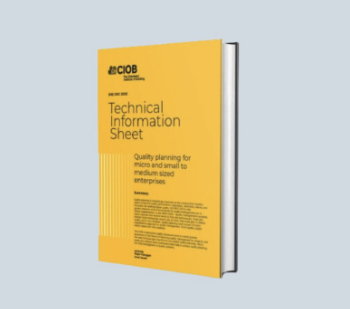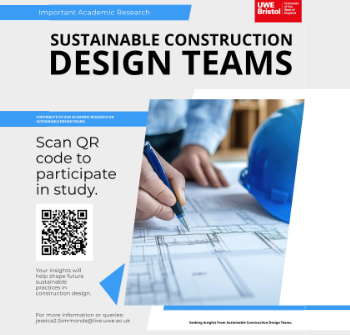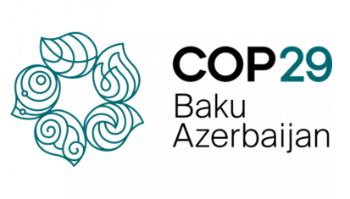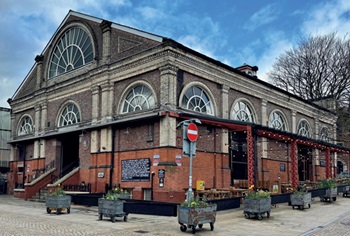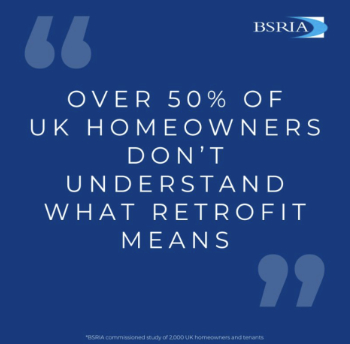Decision making units in the construction industry
[edit] Introduction
A decision-making unit (DMU) is a team of people within an organisation who play a role in the business-purchase decision-making process for products and services. It is sometimes referred to as the ‘buying centre’ of an organisation.
The term decision-making unit originates in B2B marketing but has now spread into consumer and service applications. .
Typically, a decision-making unit may comprise:
- Specifiers – usually define the sort of product that is required, possibly using broad-brush-stroke outlines.
- Influencers – usually have a persuasive role in the decision-making process. They can set preconditions which may be as a result of their knowledge and experience. They may be consultants employed by the organisation to help the decision-making process. Informal influencers can include acquaintances, friends and family members.
- Buyers – responsible for purchasing, sourcing and negotiating with suppliers.
- Gatekeepers – usually search for information, determine what type of information will be delivered to certain players and pass it on to decision makers further up the line. Can strongly influence the decision-making process.
- Deciders – e.g senior managers who have the final say, make the final deal, ultimately responsible for choosing the supplier or the decision, placing the order having reviewed information passed on from those further down the line.
- Users – these can be both employees and customers. Because they use the goods and services, their feedback can exert influence on the specification of future products.
Not all of the above roles will be involved in some decisions and it is also possible that one person may perform more than one role. Decision-making powers may not be evenly spread throughout the DMU: some may have more authority than others
[edit] The construction DMU
The typical DMU in the construction sector is more complex than those in B2B markets. This is usually because the team responsible for designing, selecting, buying and installing products is usually specially compiled for a single project.
The key players in a construction-sector DMU may include:
- Client: A construction client (e.g property developer) may have some or total influence on product selection due to various factors e.g prestige or existing supply arrangements.
- Architect: Usually initiates the specification process. Combines various factors such as the needs of the client, building performance criteria, regulations, risks, operational needs, sustainability and so on.
- Engineer: Often provides information on new technology and designs and specifies specialist products such as steel and concrete, types of bolt, rebar and so on.
- Quantity surveyor: May make product recommendations and can be found at different roles in the construction process e.g client representation, project manager, contractor, specification writing, etc. May also oversee value for the client.
- Main contractor: In traditional forms of contract, the main contractor typically has limited influence on product selection. However, in design and build and other forms, the contractor may influence or direct the architect’s and engineer’s product selection. The contractor may have their own complete DMU with members who perform the decision-making-unit roles listed above
- Specialist supplier: May advise the architect and client on design and may make the final decision on product selection for a performance specification
- Facilities manager: The facilities manager’s experience plays an important role in product selection in relation to maintenance and operation and lifetime operating costs.
- Other: Other contributors may include stakeholders and third parties.
[edit] Related articles on Designing Buildings
- Benchmarking.
- Best value.
- Budget.
- Decision maker.
- Delegated authority.
- Integrated project team.
- Investment decision maker for building design and construction
- Leverage.
- Market value.
- Overcoming difficulties in value management.
- Public procurement.
- Senior responsible owner.
- Specification.
- Stakeholders.
- Value added.
- Value engineering.
- Value management.
Featured articles and news
About the 5 Percent Club and its members
The 5% Club; a dynamic movement of employers committed to building and developing the workforce.
New Homes in New Ways at the Building Centre
Accelerating the supply of new homes with MMC.
Quality Planning for Micro and Small to Medium Sized Enterprises
A CIOB Academy Technical Information sheet.
A briefing on fall protection systems for designers
A legal requirement and an ethical must.
CIOB Ireland launches manifesto for 2024 General Election
A vision for a sustainable, high-quality built environment that benefits all members of society.
Local leaders gain new powers to support local high streets
High Street Rental Auctions to be introduced from December.
Infrastructure sector posts second gain for October
With a boost for housebuilder and commercial developer contract awards.
Sustainable construction design teams survey
Shaping the Future of Sustainable Design: Your Voice Matters.
COP29; impacts of construction and updates
Amid criticism, open letters and calls for reform.
The properties of conservation rooflights
Things to consider when choosing the right product.
Adapting to meet changing needs.
London Build: A festival of construction
Co-located with the London Build Fire & Security Expo.
Tasked with locating groups of 10,000 homes with opportunity.
Delivering radical reform in the UK energy market
What are the benefits, barriers and underlying principles.
Information Management Initiative IMI
Building sector-transforming capabilities in emerging technologies.
Recent study of UK households reveals chilling home truths
Poor insulation, EPC knowledge and lack of understanding as to what retrofit might offer.








